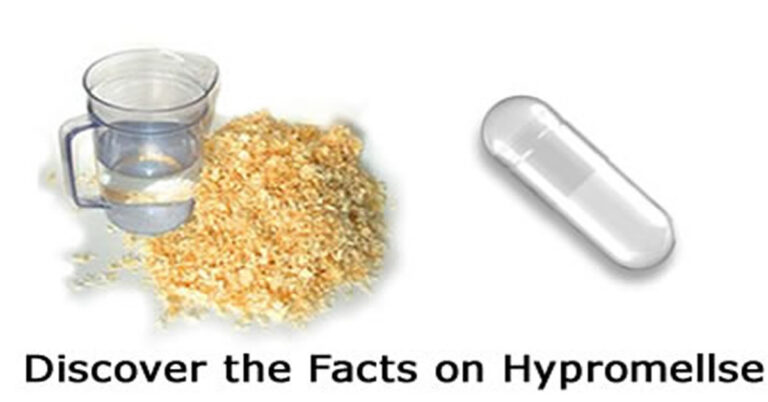How to Reduce Food Exposure to PFAS
How to Solve Food PFASs from Cooking: While non-stick cookware was around in the 1960’s, it became very popular in the 80’s. When PFOA, which was used in Teflon cookware until 2013 came under fire. Manufacturers claimed it was burnt off in the manufacturing process, however, studies showed that not to be the case[1].
READ MORE


